While writing about seashells I use a variety of places to gather my information. Reputable online sites, usually run by serious collectors, or those who live on the beach, are good resources. Books can be a great source for good pictures of seashells, as well as more in depth information. A well-written page will contain information from a number of sources. I also like to compare information to be sure to get it right.
I don't love science, but I love nature, and I've learned a lot since the day I began blogging about seashells. We tend to not think about the mollusk who once inhabited that shell. It has spent so much time building that fabulous, curvy house of his that we end up gathering from the shore. Shells are fun to collect, and beach combing is a favorite pastime. I've often come across strange things on the beach, not knowing what they could be. The writer's of this book make us take notice of all that is wonderful about the beaches of Florida.



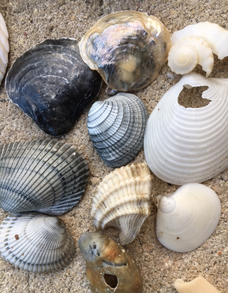
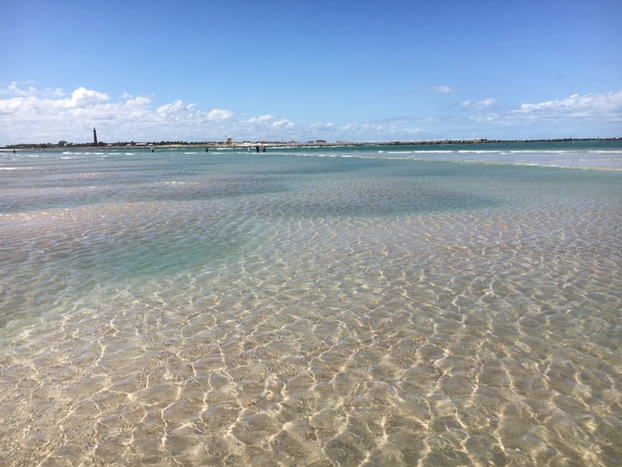
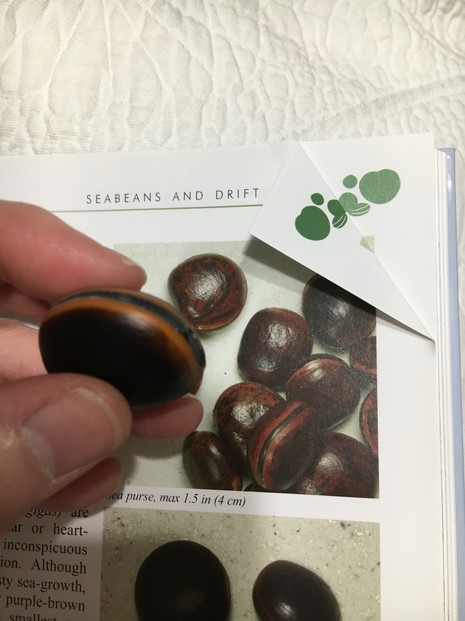
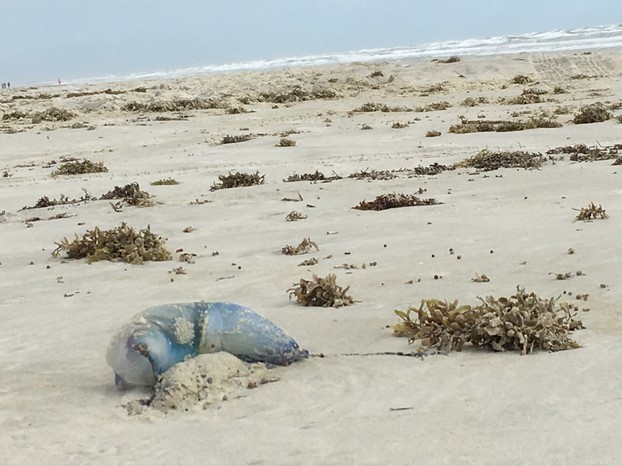



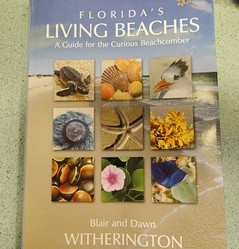

 Unleash Your Child's Green Thumb With Grow Box Gardeningon 04/27/2025
Unleash Your Child's Green Thumb With Grow Box Gardeningon 04/27/2025
 Farm Tractor Birthday Party Ideason 03/21/2025
Farm Tractor Birthday Party Ideason 03/21/2025
 Fun Dinner Menus For Thanksgivingon 10/20/2023
Fun Dinner Menus For Thanksgivingon 10/20/2023
 Luau Party Theme Invitations and Ideason 10/05/2023
Luau Party Theme Invitations and Ideason 10/05/2023

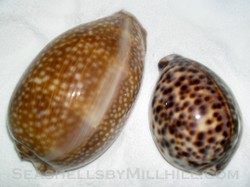
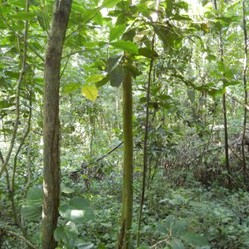
Have you read any of the nature books by the Witheringtons?
I hope that little crab made it. It was so odd that he stayed tucked up inside that shell for so long. I appreciate your lovely comment Frank.
Dustytoes, your commitment to life is impressive. You know how to respect the sacred.
@blackspanielgallery, Definitely! I always mention this on my blog: Do not collect if something is inside. In fact I just posted a story about how I had collected a big, old, broken shell that was seemingly empty. And there was only a tiny area at the top that was NOT broken. After an entire DAY - I had rinsed the shells and had them setting on the table to dry - we realized there was a hermit crab up inside that broken shell! He never made himself known. Fortunately I live close to where we go boating, and I took the shell (and crab) back to the water.
You can read about it here: https://seashellsbymillhill.com/2017/...
Make certain the shells are empty before collecting. One of my brothers decided to pick up a few shells when we were young, 20s, on a fishing trip. When we got them back there were sounds from his tackle box, and legs coming from the now moving shells. It is hard to take a shell and have to destroy the inhabitant, yet after getting the shells away from the beach you may have no alternative. After traveling a hundred miles it is not practical to return the shell and small creature to nature.
Thanks Frank ;)
Seashells! To be able to take an interest in such simple things is a sign that a person has maintained their childhood love of nature and the creatures in it. That is wonderful.